Nấm móng tay hay bệnh vẩy nến móng tay?
How Nail Pros Can Spot the Difference between Fungal Nail and Nail Psoriasis… and when to Refer
As a nail professional, your clients trust you to notice changes in their nails, and you’re often the first to spot signs of something unusual. Two of the most commonly confused conditions are fungal nail infections and nail psoriasis. Both can cause discolouration, thickening, and móng tay bong tróc bề mặt, nhưng chúng đòi hỏi những cách tiếp cận rất khác nhau.
Knowing what to look for and when to refer to a podiatrist can make a big difference to your clients’ nail health.
Nhiễm trùng nấm móng là gì?
Nhiễm trùng nấm móng (còn được gọi là bệnh nấm móng) is caused by a buildup of dermatophyte mould fungi that invade the nail plate, the skin underneath it (the nail bed) or any or all of the skin of the foot itself. These organisms thrive in warm, moist environments and often begin by infecting the skin between the toes (athlete’s foot) before spreading to the toenails.
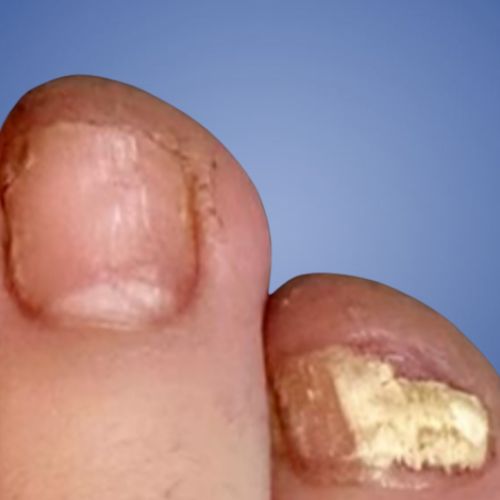
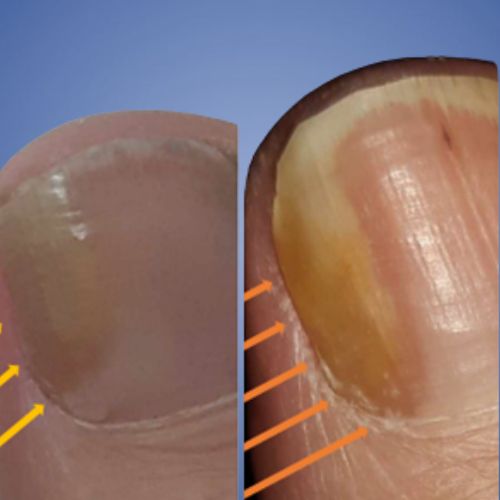
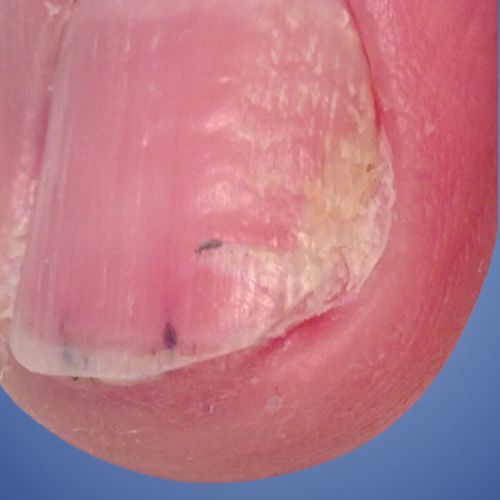
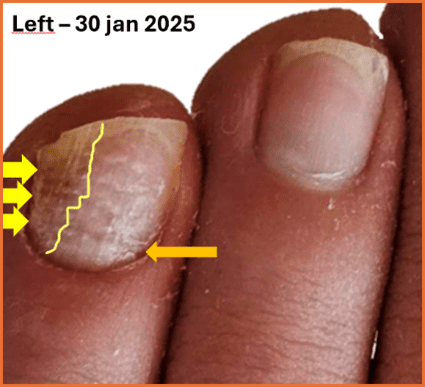
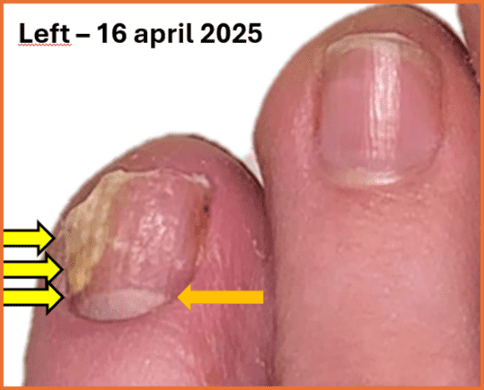
Hình D1 và Hình D2: Looks like Psoriasis – It was tested and it’s a fungal infection but in this case, it could also be Psoriatic!
Fungal infections are contagious and can spread through shared footwear, nail tools, or damp environments like swimming pools, gyms and even your shower at home. Although a fungal infection can affect one or multiple nails, it may slowly worsen over time without treatment. You don’t have to be old to get one as fungal infections are often seen in young footballers or runners, the reason for this is damage to the đơn vị đóng đinh trong khi chạy hoặc vui chơi, thường có những chấn thương nhỏ tạo điều kiện cho nấm phát triển nhưng ngay cả giày dép quá nhỏ cũng có thể tạo ra lỗ hổng trên móng tay, nơi nấm có thể sinh sống.
Bệnh vẩy nến móng tay là gì?
Bệnh vẩy nến là một tình trạng viêm da kéo dài có thể ảnh hưởng đến bất kỳ hoặc tất cả các phần của móng tayS. In nail psoriasis, the immune system speeds up the production of skin cells around and under the nail, leading to a build-up of cells and abnormal nail growth.
Bệnh vẩy nến móng tay là không lây nhiễm, but it can be distressing and may lead to discomfort or changes in nail appearance. It may affect just the nails or be part of wider symptoms of psoriasis on the skin or even in the joints (psoriatic arthritis).
Nhiễm trùng nấm móng trông như thế nào
Nhiễm trùng nấm móng thường bắt đầu ở đầu hoặc cạnh móng và lan rộng từ từ.
Các dấu hiệu phổ biến:
- Sự đổi màu vàng, nâu hoặc trắng
- Vụn hoặc móng tay giòn các cạnh
- Móng tay dày
- Nail lifting from the nail bed (onycholysis)
- Mảnh vụn bong tróc dưới móng tay
- Mùi mốc hoặc khó chịu
Thường được liên kết tới:
- Chấn thương móng tay
- Mang giày chật, không thoáng khí hoặc không vừa chân
- Athlete’s foot (tinea pedis)
- Đi chân trần ở nơi công cộng
- Chia sẻ dụng cụ làm móng
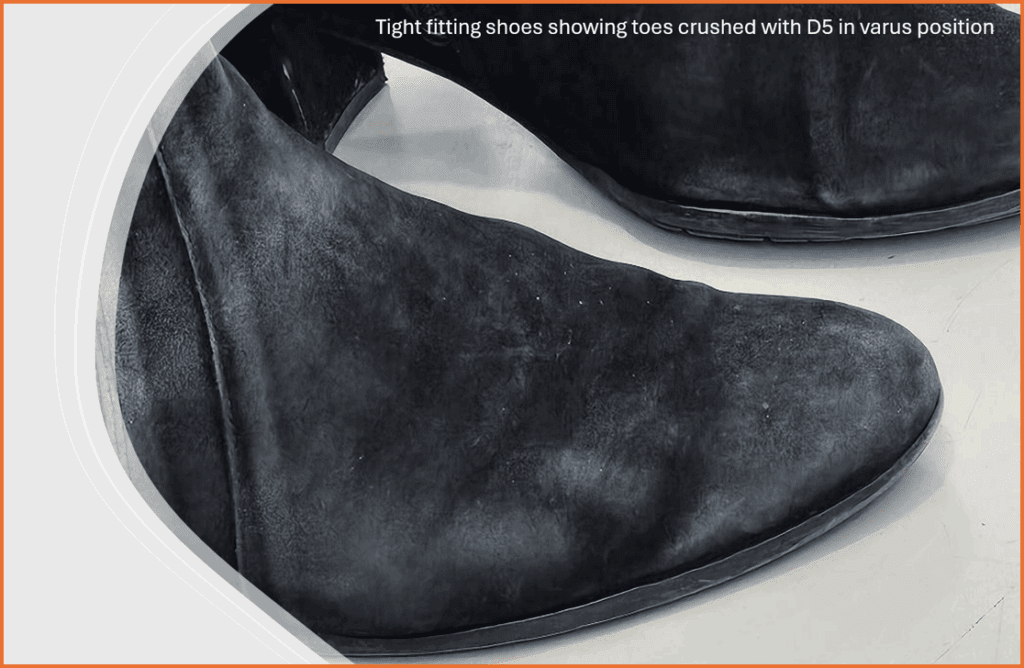
Bệnh vẩy nến móng tay trông như thế nào
Bệnh vẩy nến móng có thể ảnh hưởng đến toàn bộ hoặc một phần riêng biệt của ma trận móng tay (which forms the nail plate) or the nail bed (beneath the nail). It can appear even if the client doesn’t have visible psoriasis on the skin.
Các dấu hiệu phổ biến:
- Các lỗ nhỏ (vết lõm nhỏ) trên phiến móng
- A salmon-pink “oil drop” patch under the nail
- Các đường gờ hoặc rãnh chạy dọc theo móng tay
- Thickened skin under the nail (subungual hyperkeratosis)
- Các mảng trắng hoặc xuất huyết dằm
- Nails lifting from the nail bed, often across multiple nails
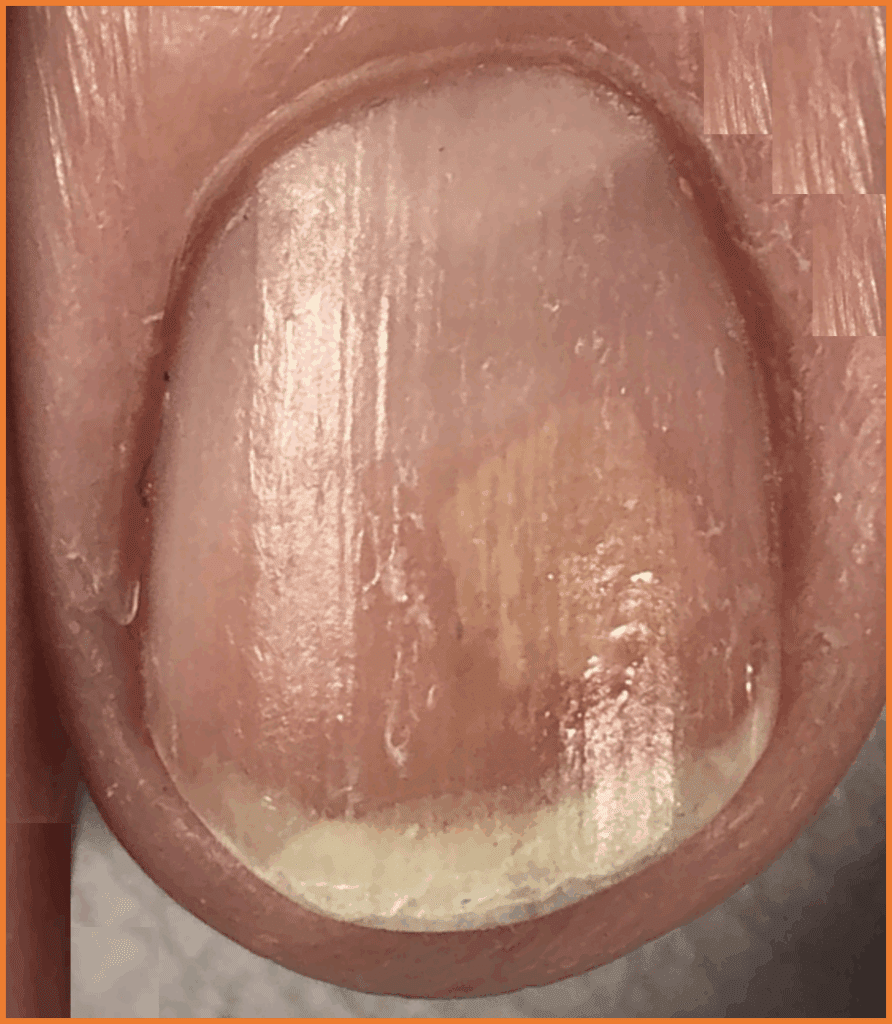
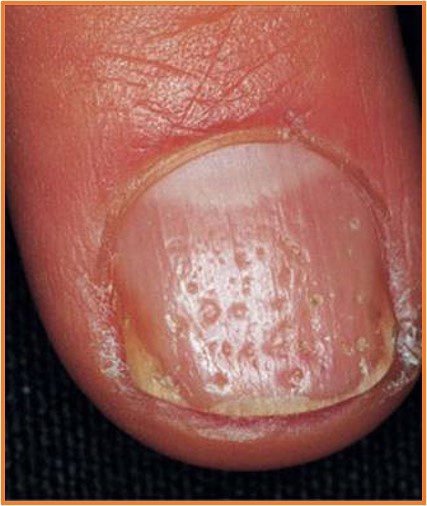
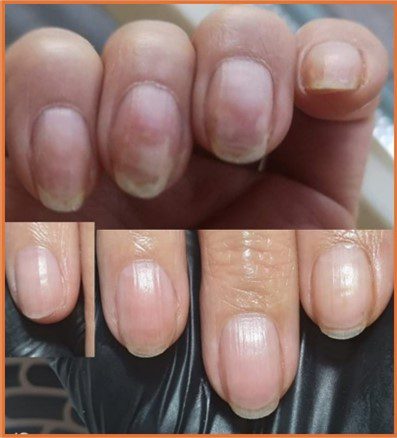
Những thay đổi ở móng do bệnh vảy nến thường mang tính đối xứng và có thể ảnh hưởng đến một hoặc nhiều móng cùng một lúc.
Tại sao nó quan trọng
Hai tình trạng này có thể trông rất giống nhau, nhưng nguyên nhân và phương pháp điều trị lại hoàn toàn khác nhau. It’s impossible to diagnose either with just the eye – Fungal infections can only be properly diagnosed with a test – Psoriasis needs to be diagnosed by a Dermatologist.
Treating a fungal nail with antifungal won’t help if the problem is actually psoriasis. Likewise, treating nail psoriasis with topical steroids or an antifungal product won’t touch a fungal infection.
That’s why it’s essential to refer clients to a podiatrist if you see any persistent changes or signs of infection.
***Xét nghiệm có thể loại trừ hoặc xác nhận tình trạng nhiễm nấm.
Khi nào nên giới thiệu khách hàng của bạn
Tham khảo ý kiến bác sĩ chuyên khoa chân nếu khách hàng của bạn có:
- Đau, sưng, chảy máu hoặc đau nhức xung quanh móng
- Móng tay có mùi hôi hoặc trông giống như bị nhiễm trùng
- Symptoms that aren’t improving after self-treatment
- Thay đổi ở nhiều móng tay, đặc biệt nếu chúng trông đối xứng
- Tiền sử cá nhân hoặc gia đình bị bệnh vẩy nến hoặc các bệnh về da
- Any unusual or concerning changes you’re unsure about
A podiatrist can take a nail sample, test for fungal infection, and make a clear diagnosis. They’ll also create a treatment plan tailored to your client’s needs.
Bạn có thể giúp đỡ như thế nào
You’re not expected to diagnose, but you là in the perfect position to notice early changes. Your trained eye, paired with good hygiene and proper referrals, plays a huge role in protecting your client’s well-being.
By referring to a podiatrist when something doesn’t seem right, you’re giving your clients the best care possible and helping them get the treatment they need sooner rather than later.
Suy nghĩ cuối cùng
Nail health is about more than just looks. Whether it’s fungus or psoriasis, catching it early can prevent long-term damage and give your client peace of mind. If something doesn’t look right, trust your instincts and refer to a podiatrist. You could be the first person to make a real difference in their health journey.
*** 1.Tsunemi Y, Takehara K, Miura Y, Nakagami G, Sanada H, Kawashima M. Screening for tinea unguium by Dermatophyte Test Strip. Br J Dermatol. 2014;170(2):328-31.


